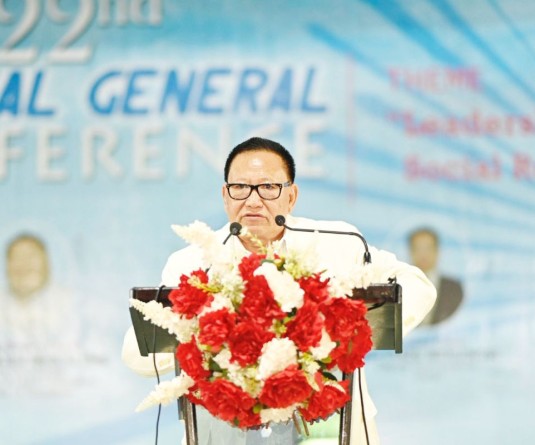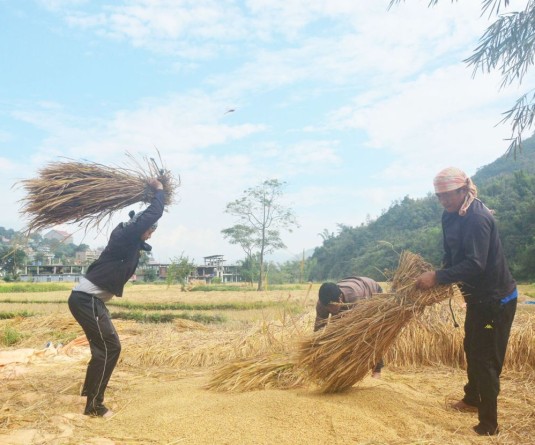
Haflong, July 22 (MExN): Against the backdrop of controversies that have erupted following Dimasa National Council’s (DNC) statement on Dimapur, the Haflong based Dimasa Youth Forum (DYF) has issued a statement on ‘historical facts of Dimapur’.
The statement, according to the DYF, is “not meant to reiterate any geo-political claim but is solely for the purpose of highlighting the history of the Dimasa Kachari kingdom that existed in medieval Dimapur.”
It stated that the Dimapur Ruins also called Kachari Rajbari presently looked after by Archaeological Survey of India (ASI) is the standing evidence of prosperous state of Dimasa Kachari Kingdom in the medieval period.
The statement issued by DYF president, Navajyoti Bathari and general secretary, Rohit Bathari also noted that the Nagaland District Gazetteers (published in 1970) gave an account of medieval Dimapur ruled by the Kacharis, but never mentioned about Dima raja marrying a daughter of Thezhuo Kemeduo. “Neither any British record has any reference about the marriage, though many of the records have mentioned on the stone pillars and water tanks,” it said.
It also asserted the Dimasa Kacharis were never brought as labourers to work in the forest by the British to Dimapur in the 18th century. “…the British presence in Dimapur by the 18th century is not supported by any historical facts. It was not until 19th century that the British marked its presence in Dimapur.”
It added, “And never in the history was any mention of the fact that Dimasa Kachari people were living under the patronage of the Angamis…The entire area of erstwhile Dimasa Kachari kingdom was still under Dimasa rule even till the death of Senapati Tularam and annexation by the British in 1854. It was only after the creation of Naga Hills district that Dimapur was added for strategic military interest and it remained with Nagaland thereafter.”
Meanwhile, DYF mentioned that “by the defeat at the hands of the powerful Ahoms the Dimasa King had left the kingdom in the 16th Century leaving behind some subjects in and around Dimapur. The remnants were none other than the ancestors of the present Kachari or Dimasas. It is by destiny we are part of the State today.”





